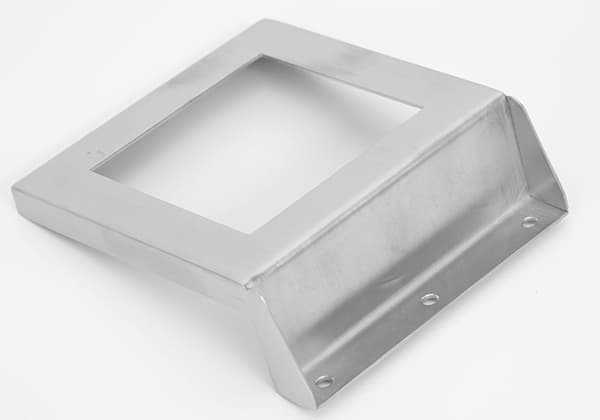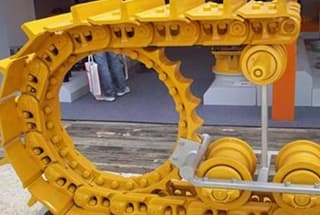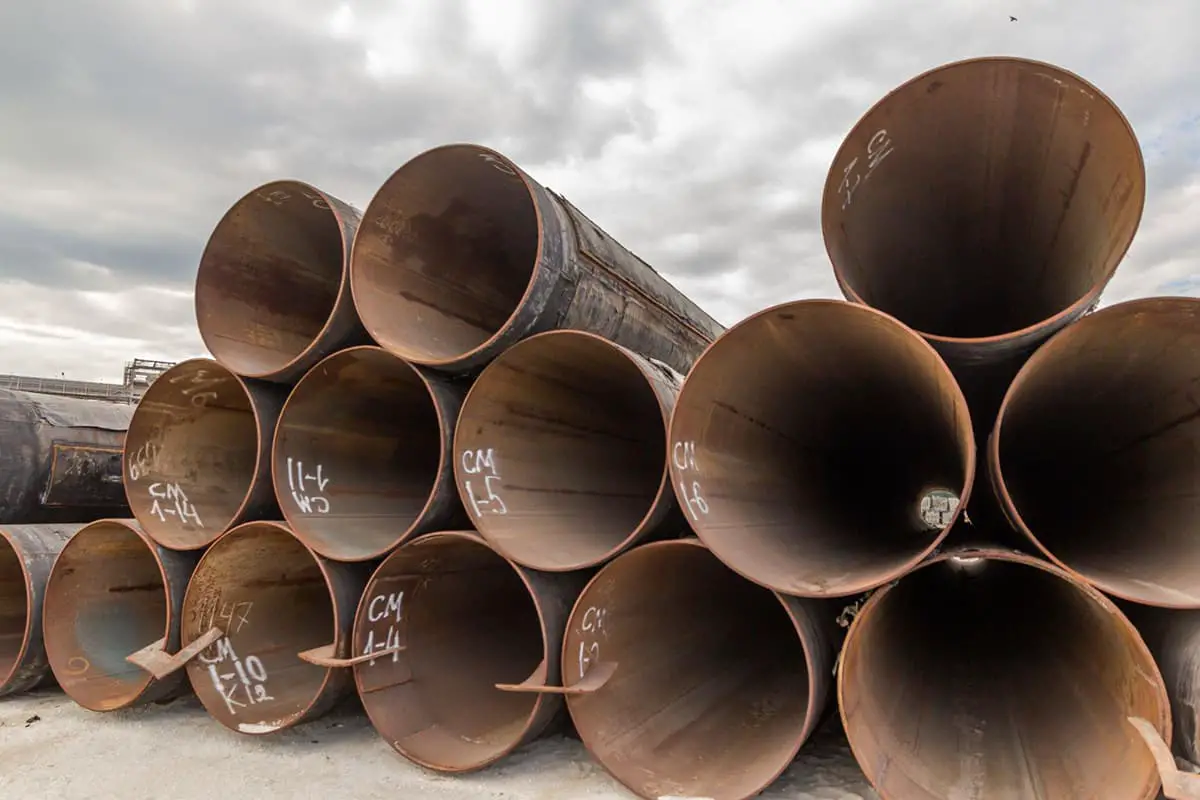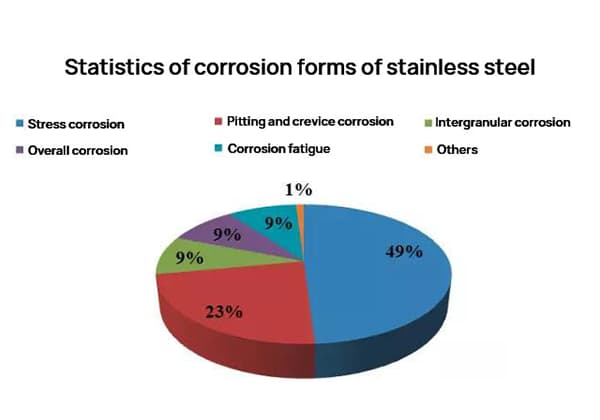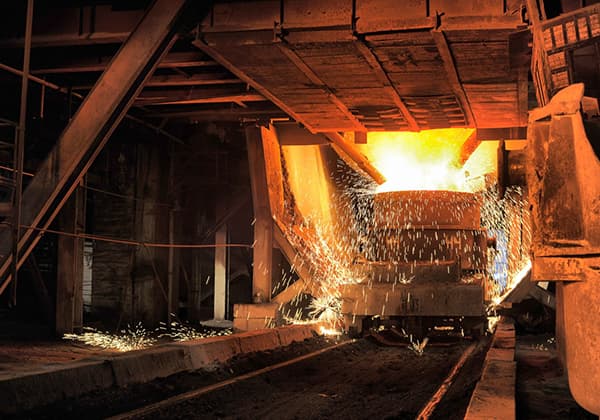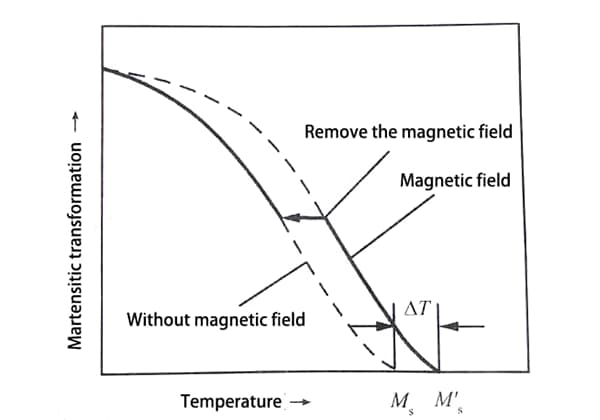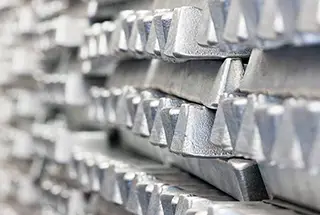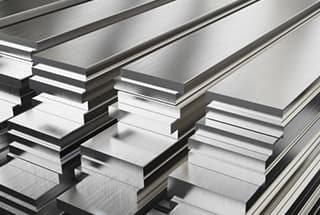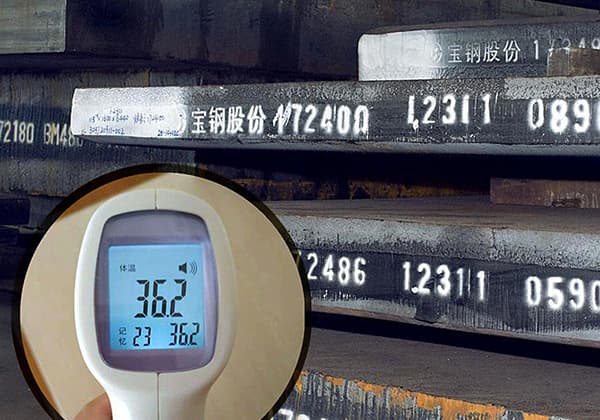
Why does stainless steel have such unique physical properties, and how do they affect its usage in various industries? This article explores the key physical properties of stainless steel, such as heat conduction, thermal expansion, resistance, magnetism, and density. Understanding these properties helps engineers and manufacturers make informed decisions when selecting materials for different applications, ensuring optimal performance and longevity. Dive into the fascinating world of stainless steel and discover what makes this material indispensable in modern technology and industry.
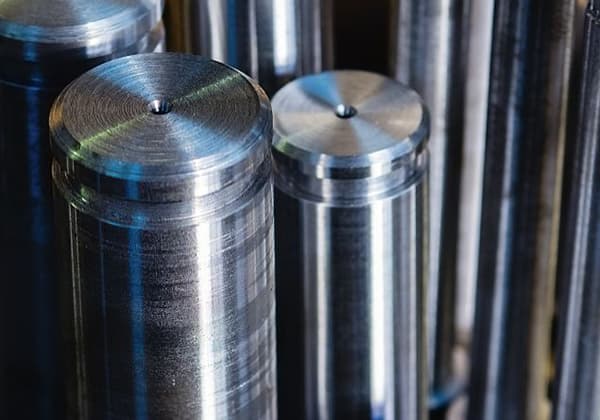
Stainless steel is a term used to refer to steel that is resistant to corrosion from weak acids such as air, steam, and water, or has a stainless property.
Stainless steel has a history of over 100 years since its creation.
The invention of stainless steel is a significant milestone in the world of metallurgy.
The advancement of stainless steel has played a crucial role in the development of modern industries and technological advancements.
Stainless steel has unique physical properties compared to other materials, including heat conduction, thermal expansion, resistance, magnetism, and density.
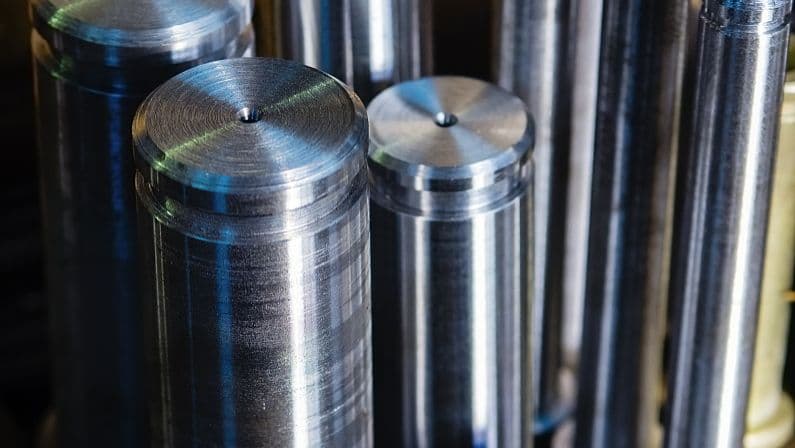
It’s commonly acknowledged that the heat transfer of stainless steel is slower compared to other materials, as demonstrated in Table 1. For instance, the thermal conductivity of stainless steel is 1/8 and 1/13 for SUS304, compared to aluminum. In comparison to carbon steel, it is 1/2 and 1/4 respectively, indicating a low thermal conductivity of stainless steel.
This poor heat conductivity poses challenges during the annealing process of stainless steel. Stainless steel is an alloy material comprised of iron with added Cr and Ni.
So, why is heat transfer in stainless steel worse than in iron? Simply put, the addition of Cr and Ni hinders the activity of free electrons in the metal crystal, which conduct heat (electronic heat conduction). The activity of these free electrons is influenced by temperature, and thus also related to lattice heat conduction, where atoms vibrate irregularly, elastically and wavily, conducting heat gradually in the lattice.
It’s worth noting that the thermal conductivity of stainless steel changes with temperature. The higher the temperature, the greater the thermal conductivity, especially for high-alloy steel such as stainless steel.
Thermal expansion is the phenomenon where a material’s length increases by dL when the temperature increases by dT, given an initial temperature T and length L. The linear expansion coefficient (a) can be expressed as:
a = (1/L) * (dL/dT)
For an isotropic solid steel, the volume expansion coefficient (b) is equal to 3 times the linear expansion coefficient, or b = 3a.
Table 1 shows the linear expansion coefficients of various materials. Compared to carbon steel, SUS304 has a larger linear expansion coefficient, while SUS430 has a smaller linear expansion coefficient. Additionally, aluminum and copper have larger expansion coefficients than stainless steel.
Table 1 Thermal conductivity and linear expansion coefficient of various materials at room temperature
| Material | Thermal conductivity (W/m℃)×102 | Coefficient of linear expansion( × 10-6) |
| Silver Copper Aluminium Chromium Nickel Iron Carbon steel SUS430 SUS304 | 4.12 3.71 1.95 0.96 0.84 0.79 0.58 0.26 0.16 | 19 16.7 23 17 12.8 11.7 11 10.4 16.4 |
The difficulty of electricity flow is referred to as resistance or specific resistance, and it is usually expressed using the following formula:
Resistance = specific resistance ‘ (conductor length / cross-sectional area)
Table 2 Electrical specific resistance of various materials
| Material Science | Specific resistance (at room temperature) | Temperature series | ||
|---|---|---|---|---|
| Conductor | Pure metal | Silver Copper Aluminum Ni Cr Iron | Ωcm 1.62×10-6 1.72×10-6 2.75×10-6 7.2×10-6 17×10-6 9.8×10-6 | /℃ 4.1×10-3 4.3×10-3 4.2×10-3 6.7×10-3 2.1×10-3 6.6×10-3 |
| alloy | SUS430 (Fe-18% Cr) SUS304 (Fe-18% Cr) – 8%Ni SUS310S (Fe-25% Cr) – 20% Ni Fe-Cr-Al alloy NiCr (nNi Cr) Bronze (tin copper) | 60×10-6 72×10-6 78×10-6 140×10-6 108×10-6 15×10-6 | 0.8×10-3 0.6×10-3 0.5×10-3 0.1×10-3 0.1×10-3 0.5×10-3 | |
| Semiconductor | Germanium Silicon | 5×10 3×105 | –– | |
| Insulator | Paper Epoxy resin Quartz glass | 1010~1012 103~1015 >1017 | – | |
Stainless steel is a metal that can easily conduct electricity among various metals.
However, compared to pure metals, the specific resistance of an alloy, including stainless steel, is generally larger. This is because stainless steel has a higher specific resistance than its constituent elements of Fe, Cr, and Ni.
It’s worth noting that SUS304 has a higher specific resistance than SUS430. And as the number of alloy elements increases, such as in the case of SUS310S, the resistance also increases.
The reason for the increase in electric specific resistance due to alloying is that the movement of charged free electrons is disrupted by the presence of alloy elements.
It’s important to note that free electrons also play a role in heat conduction. Therefore, if the thermal conductivity of a metal is high, its electrical conductivity (reciprocal of specific resistance) is also high.
This relationship between electrical and thermal conductivity is known as the Viedermann-Franz rule and is shown as follows:
L/s = TLo (where Lo is the Lorenz number and T is temperature)
It’s worth mentioning that the specific resistance also varies with temperature, as shown in Table 2.
Table 3 Magnetic Properties of Various Materials
| Material Science | Magnetic properties | Magnetic permeability: μ (H=50e) |
| SUS430 | Strong magnetism | – |
| Iron | Strong magnetism | – |
| Ni | Strong magnetism | – |
| SUS304 | Non-magnetic (magnetic during cold working) | 1.5 (65% processing) |
| SUS301 | Non magnetic (magnetic during cold working) | 14.8 (55% processing) |
| SUS305 | Nonmagnetic | – |
Table 4 Density of Various Materials (at room temperature)
| Material Science | Density (g/cm3) |
| SUS430 | 7.75 |
| SUS304 | 7.93 |
| Aluminum | 2.70 |
| Iron | 7.87 |
| Cr | 7.19 |
| Ni | 8.9 |
| Silver | 10.49 |
| Copper | 8.93 |
| Carbon steel | 7.87 |
| Wood (burnt) | 0.70 |
| Glass | 2.8-6.3 |
| Reinforced concrete | 2.4 |
| Celluloid | 1.35-1.60 |

